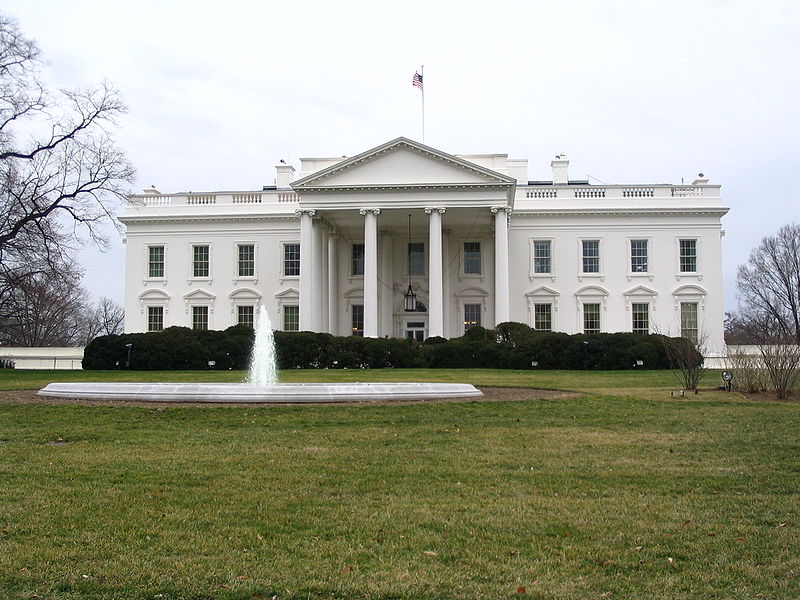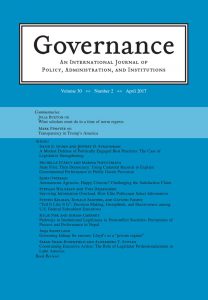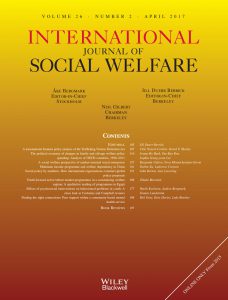The Praxis of Sexual Violence Prevention: Lessons from the White House
On Tuesday the White House launched its new campaign to address and prevent the epidemic of sexual violence against women on college campuses in the US. The campaign, 1 is 2 Many, includes a blog, an informational website with a major report, Not Alone, and a PSA aimed at men and boys. The launch of the campaign has been largely celebrated among the numerous sexual and domestic violence agencies across the country as a much needed step toward creating real change on college campuses. For those of us in the social sciences, the campaign, and the report in particular, reveals just how much we don’t yet know about sexual violence on college campuses.
The Not Alone Report is divided into three sections: “identifying the problem”, “preventing sexual assault”, and “effectively responding”. In the “identifying the problem” section, the White House urges colleges and universities to implement “campus climate surveys” intended to accurately measure the impact of sexual violence on campus communities. As an introduction to these surveys, the Not Alone Report explains that chronic underreporting of sexual violence makes it particularly difficult to measure the extent of the problem on college campuses. Among the various causes of underreporting are survivors’ fears of reprisal by perpetrators and a lack of knowledge of the adjudication process. The campus climate surveys that the White House suggests, and intends to mandate by 2016, seek to answer the need for better data on exactly what is happening at colleges and universities across the country. By mandating a more standardized model for measuring sexual violence on campuses, the White House stands to create a national set that may tremendously increase our capacity to understand sexual violence.
The second section of the Not Alone Report, “preventing sexual assault”, reveals that we don’t yet know enough about prevention either. While the report does point to a newly released summary of research on prevention strategies by the Centers for Disease Control and Prevention (CDC), that summary identifies only two programs with a rigorous evidence base for their effectiveness and those two programs have only been tested with high school students. Perhaps most importantly, the CDC summary clearly states that the one-time educational events about sexual violence, that many colleges and universities rely on, are ineffective at changing the long-term behaviors of students. It is important to note that the CDC does not claim that more in-depth sexual violence prevention programs are no effective, but rather that there isn’t enough evidence to back them up. In short, this section, just like the “identifying the problem” section, can be read as a call for more and better social science research on sexual violence.
The “effectively responding” section can also be read as a call for better social science on the issue. According to the report, one of the biggest barriers to effective response is the underreporting of assaults in the first place. Decreasing the barriers to reporting is a big first step toward providing survivors with the resources they need as well as toward holding perpetrators accountable. Increased reporting, in addition to increasing accountability, will also provide better data on what kinds of assault are happening and what services survivors need in the aftermath.
The launch of the 1 is 2 Many campaign and the Not Alone Report truly should be a cause for celebration for scholars and activists alike. It is not through academia or activism alone, but rather through praxis, that progress will be made on the problem of sexual assault on our campuses.
Further reading:
Daigle, L. E., Fisher, B. S., & Stewart, M. (2009). The effectiveness of sexual victimization prevention among college students: A summary of “what works”. Victims and Offenders, 4(4), 398-404.
Fisher, B. S., Daigle, L. E., & Cullen, F. T. (2010). Unsafe in the ivory tower: The sexual victimization of college women: Sage.
Krebs, C. P., Lindquist, C. H., Warner, T. D., Fisher, B. S., & Martin, S. L. (2007). The campus sexual assault (CSA) study: Final Report. Washington, DC: National Institute of Justice, US Department of Justice.






